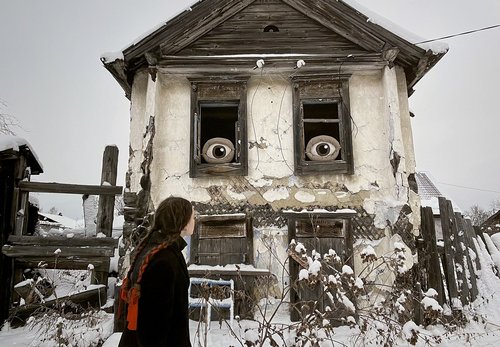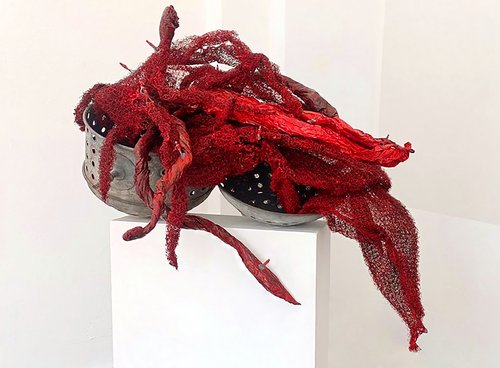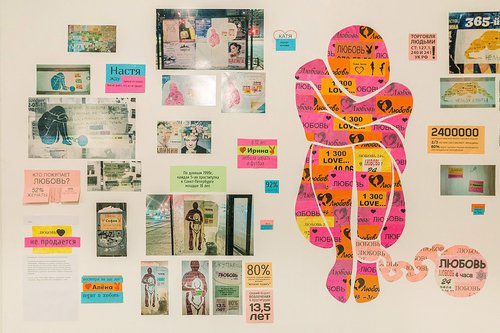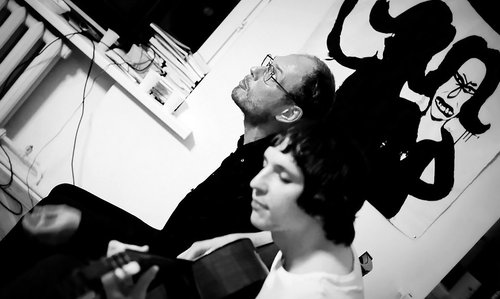Artist Natalia Abalakova has died in Moscow
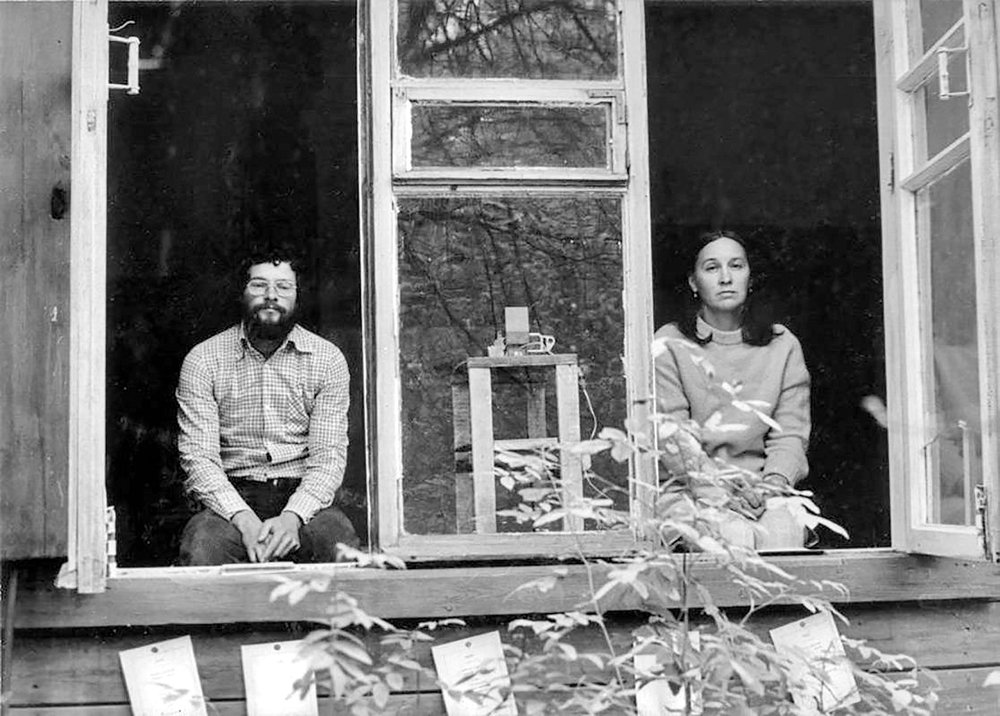
Natalia Abalakova and Anatoly Zhigalov at the exhibition 'APTART behind the fence', 1983. Courtesy of RAAN
Co-founder of TOTART and one of the few female artists in the Moscow conceptual movement, has passed away.
Feeling powerless before politics, for artists in Russia the legacy of their predecessors who channeled contemporary art out of the darkness of censorship imposed by the defenders of Soviet Realism into the wild freedoms of Gorbachev’s perestroika and Yeltsin’s shock therapy has become a beacon of hope. Although it may be foolhardy in some circles to publicly quote Karl Marx’s remark that “history repeats itself, first as a tragedy, second as a farce”, you can safely quote Mark Twain’s view that “history doesn't repeat itself, but it often rhymes”.
During the Soviet era, one of the most effective survival strategies that nonconformist artists came up with was the Moscow Archive of New Art known by its acronym MANI. It came about during a conversation in the mid-1970s where artists and poets Andrey Monastyrsky (b. 1949), Nikita Alekseev (1953–2021), and Lev Rubinstein (1947–2024) discussed the creation of a portable archive of unofficial art to overcome the impossibility of accessing public exhibition spaces. Their solution took the form of a folder containing A4 envelopes with works and texts by artists and intellectuals in the orbit of the Moscow conceptualists. From 1981 to 1986, five folders were made in what could be seen as a form of samizdat. In 1982, the fourth issue was put together by Natalia Abalakova (1941–2024) and her husband, Anatoly Zhigalov (b. 1941).
In what was ultimately a way of life, Abalakov and Zhigalov together are the art project itself, which they called TOTART. It stands for a total presence in a total situation. An envelope labelled ‘Number 1’ in the fourth MANI folder contains an essay written by Abalakov in which she explains the essence of her and her husband’s artistic vision which is a lucid reflection on living in the present time with no separation between art and life. Making art that does not conform to the impositions of the political forces in power, she explains in her text, is a question of living life in the basement; it means making art that ´does not get into galleries´. It felt fit for purpose: Soviet underground artists had to live in the 'here and now' to the full, which was the opposite of estrangement from a reality to which you do not want to conform. TOTART defined their approach as a ´Project for Research into the Being of Art in Relation to Life and Art.´ Theirs is a project that implies that artists must never stop being themselves. They are both the subject and the object of their creations, spectator and critic. Their place is at the same time inside their work and behind the scenes. Abalakov and Zhigalov are two poles, male and female, that generate a field of tension felt by the audience as they experience the work of art, whether a performance, a painting, a drawing, a collage, an object, a film, a piece of music, or a video. Incidentally, with their groundbreaking experiments using new technologies, TOTART have played a pivotal role in the development of media art in Russia.
Abalakov´s life was a continuing performance based on the perception of one’s presence in a given place at any given moment. It has its roots in the radical art of the Russian avant-garde at the beginning of the 20th century. However, whereas the futurists switched the paradigm from “art must look like life” to “life must look like art”, Abalakov always espoused, to put it in her own words, “the invasion of art into life”. In her case, the mimesis art/life is similar to that of a mirror and its reflection where you cannot discern which one is which. Her guidance as a mentor has influenced many artists from the younger generations. Odd as it might seem, Natalia's life/art can be seen as a text that is always accessible to be read in the here and now. Now, more than ever, when the present hell rhymes with the past, we need to read and reread it.









